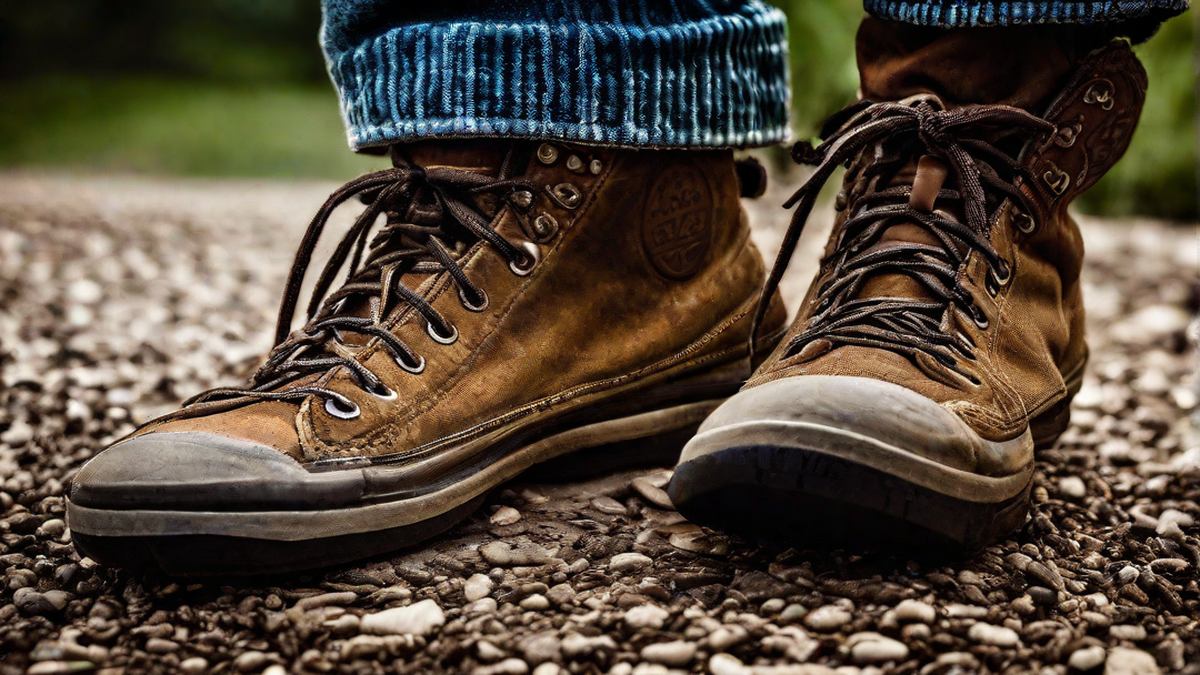Running shoes are an essential tool for any runner. They provide support, cushioning, and stability, helping to prevent injuries and enhance performance. However, like any tool, running shoes have a lifespan and eventually need to be retired. But how do you know when it’s time to say goodbye to your trusty running shoes? In this article, I will delve into the factors that can help you determine when it’s time to retire your running shoes.
1. Mileage
The number one factor to consider when deciding to retire your running shoes is mileage. Over time, the cushioning and support in your shoes will break down with each step you take. It is generally recommended that you retire your running shoes after they have accumulated between 300-500 miles of running. This can vary depending on factors such as your body weight, running style, and the type of surface you run on.
Personally, I keep track of the mileage on my running shoes by using a running app on my phone. This allows me to easily monitor the distance I’ve run and estimate when it’s time to start looking for a new pair. It’s important to note that even if your shoes still look good on the outside, the internal cushioning may be worn out, so tracking mileage is crucial.
2. Wear and Tear
Another obvious sign that it may be time to retire your running shoes is visible wear and tear. Inspect the soles for excessive wear, as well as any signs of cracks or separation between the sole and the upper part of the shoe. Look for frayed or torn laces, as well as any loose stitching. These signs of wear can affect the performance and support of the shoe, which can lead to discomfort and potential injuries.
I remember one time when I ignored the wear and tear on my shoes and went for a long run. By the end of the run, my feet were in agony, and I realized I should have retired those shoes long ago. It’s important not to ignore these visual cues, as they can save you from unnecessary pain and discomfort.
3. Aches and Pains
If you start to experience new or increased aches and pains during or after your runs, it could be a sign that your shoes are no longer providing the support and cushioning you need. This is especially true if the pain is localized in specific areas, such as your knees, shins, or ankles. In such cases, retiring your shoes and investing in a new pair that caters to your specific needs can make a world of difference.
I once had a nagging pain in my knee that wouldn’t go away no matter what I did. After consulting with a running specialist, I realized that my shoes were the culprit. Investing in a new pair with better stability and cushioning not only relieved my knee pain but also improved my overall running experience.
4. Changes in Shoe Technology
Running shoe technology is constantly evolving, with new innovations and features being introduced regularly. If you’ve been using the same pair of shoes for several years, it may be worth considering retiring them and upgrading to a newer model. Newer shoes may offer improved cushioning, better stability, or lighter weight, all of which can enhance your running experience.
I recently upgraded to a shoe with the latest foam technology, and I can’t believe the difference it has made. The responsiveness and energy return in each stride have improved significantly, allowing me to run faster and longer with less fatigue. So, if you’re itching for an upgrade, don’t hesitate to retire your old shoes and explore the latest offerings.
Conclusion
Knowing when to retire your running shoes is crucial for maintaining your running performance and preventing injuries. Keep track of your shoe mileage, inspect for wear and tear, listen to your body for any aches and pains, and consider upgrading to newer shoe technology. By paying attention to these factors, you can ensure that you’re running in shoes that provide the support, cushioning, and stability needed for an enjoyable and injury-free running experience.

